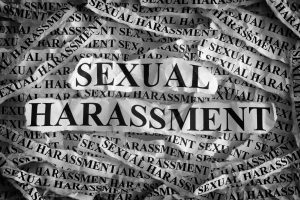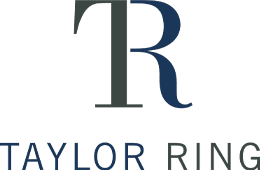Is It Time to Update Sexual Harassment Prevention Training?

Sexual harassment on the job is any unwelcome sexual verbal or physical conduct or attention in the workplace. This can include assault and groping, unwelcome touching or contact, unwanted texts or emails, stalking behavior, and sexually explicit images, jokes, or language. It is against the law and anyone can be a victim. Sexual harassment is considered a form of discrimination, as it targets an individual based on their gender.
Does sexual harassment prevention training work?
TalentLMS and the Purple Campaign surveyed 1,200 United States employees about sexual harassment prevention training, uncovering some interesting results. Background statistics reveal that only 17 states have laws requiring employers to provide this type of training. Out of these, only six states require sexual harassment prevention training for both the public and private sector. California is one of these six.
All of the respondents to the survey had sexual harassment training through their employers, either on-site or remotely. Researchers used an equal sample of both genders when analyzing their data. Here’s what they found:
- The majority of employees receive training on a recurring basis, with 54% receiving it twice a year and 25% receiving it every six months (it is also of note that 25% of workers invited to respond to the survey were ineligible as their employees provide no sexual harassment training)
- Over 80% of employees reported their training made them feel “more aware of how to report incidents, what their company’s policy is, what constitutes sexual harassment, and better educated about the Equal Employment Opportunity Commission”
However, researchers found some profound disparities between men and women when it came to the impact of sexual harassment prevention training:
- 45% of men reported feeling more worried about “getting in trouble” for improper behavior, opposed to 22% of women
- Sexual harassment training made 23% of men feel “uncomfortable,” compared to 12% of women
- When asked if the training made them feel more confused about how to behave in the workplace, 33% of men answered “yes,” while 16% of women said “no”
Men and women also significantly differed on what they identified as sexual harassment. According to the report, “while 92% of women consider unwanted physical contact as a form of sexual harassment, only 78% of men said the same. Eighty-eight percent of women consider making suggestive remarks — one of the most commonly reported incidents in the workplace — as harassment, compared to 69% of men.”
In fact, overall, the survey showed that men overall have more “lenient” beliefs about what they consider sexual harassment.
Sexual harassment in the virtual workplace
The TalentLMS study also asked respondents about sexual harassment online, as many employees have transitioned to working remotely either part- or full-time. When asked if they had experienced any unwelcome sexual conduct online during the pandemic, 29% percent of respondents said yes. What surprised researchers was men reported this far more than women (40% to 17%).
Researchers hypothesize “one possible explanation as to why men report experiencing online harassment at a significantly higher rate than women—more of the men surveyed had been trained in what online harassment entails, potentially making them better equipped to be able to identify it and confirm its occurrence.”
Are outdated materials to blame for sexual harassment?
Many experts believe that, in part, older training materials are responsible for outdated beliefs about what does and what doesn’t constitute sexual harassment, including behaviors in the virtual workplace. Dimitris Tsingos, who worked with TalentLMS on the study, told HR Dive, “Many reported they were trained with videos and other material — sometimes 20 years old or more.”
He went on to explain that these older materials don’t take into account the more modern aspects of today’s culture and society, especially the digital and online integration brought on by the COVID-19 pandemic. Tsingos also noted that dated training materials may not consider “diversity and equity for non-binary people” and LGBTQ individuals.
A McKinsey Women in the Workplace report shows that LGBTQ women are targeted for harassment more than their straight male and female counterparts. Bisexual women experience more microaggressions in the workplace, LGBTQ women feel more pressure to “play along” with inappropriate sexual jokes and humor, and more than half of LGBTQ women surveyed reported being sexually harassed at some point during their career.
TalentLMS offers some advice from the employees surveyed for their report on how to improve sexual harassment prevention training:
- Address the more ambiguous and nuanced areas of sexual harassment during training; as not all examples of sexual harassment are obvious
- Provide more training on how to handle online sexual harassment
- Replace outdated training materials with more current and relevant topics
- Make training more gender-inclusive and expansive
And, most importantly, respondents asked that sexual harassment prevention training focus more on the actual prevention, rather than how to respond to it after the fact.
If you experienced sexual harassment or assault in the workplace, the Los Angeles attorneys at Taylor & Ring can help. We want to hear your story and guide you to the best possible outcome. Remember, sexual harassment is against the law. To schedule a free consultation, call our office at 310-209-4100, or complete our contact form.

John C. Taylor is one of the most accomplished and nationally recognized trial lawyers in California. The broad variety of cases he has tried during his career is matched by few attorneys, trying more than 125 cases to verdict, including: police shootings and civil rights, sexual abuse, serious personal injury, wrongful death, products liability, insurance bad faith, and employment.
Read more about John C. Taylor.

